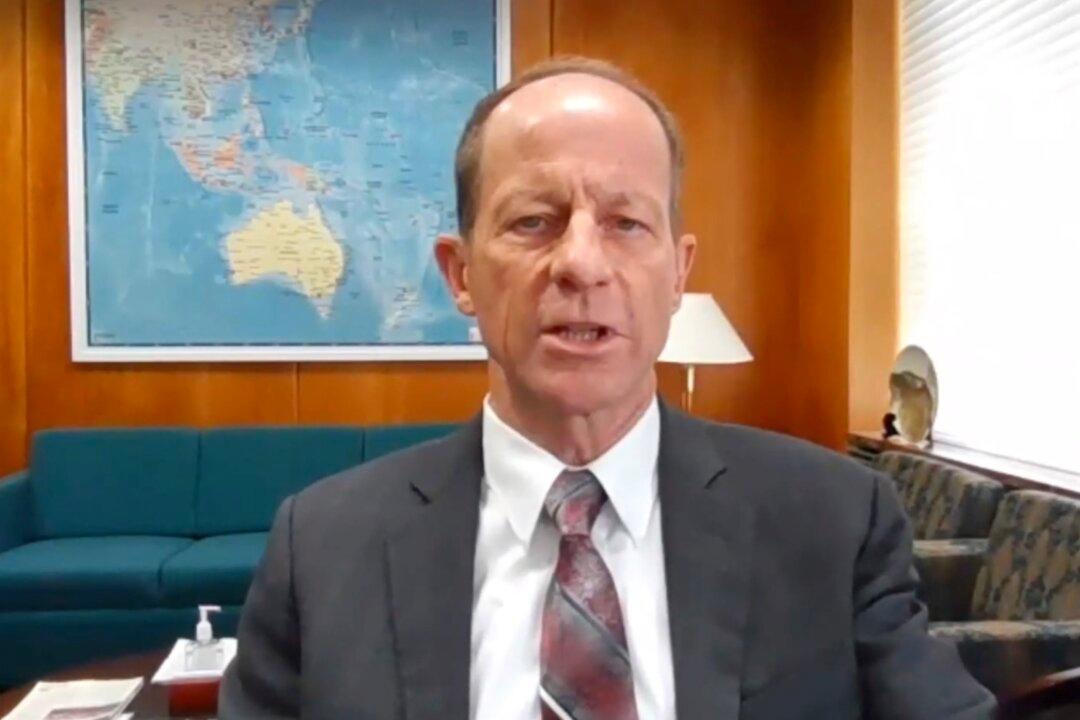WASHINGTON—As the United States works to counter the strategic threat posed by China in the region of the Indo-Pacific, the U.S. Army is taking on a more important role.
Secretary of the Army Ryan McCarthy spoke at the Brookings Institute on Jan. 10 about how the Army is modernizing, expanding, and deepening its commitment and operational abilities in the Indo-Pacific theater of command.




